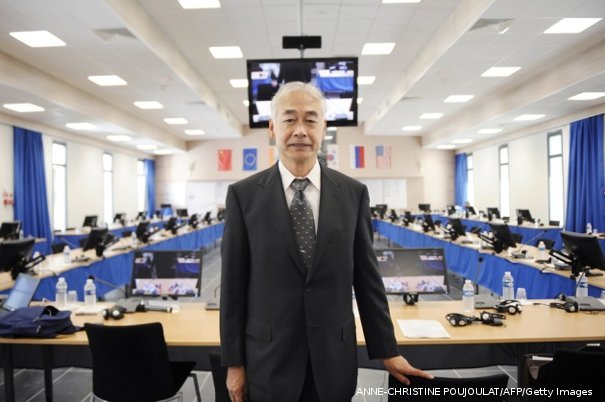|
|
Nations Must Support Their Fusion Programs in Addition to ITER, Says Iter Director-General
2 August 2014
In an interview with Nature magazine on the status and challenges of the international ITER fusion project, ITER Director-General Osamu Motojima stressed that both the collaborative international program and the domestic experiments of each partner country are needed for the future of fusion. He used the United Kingdom as an example. There, about 50 people are working on ITER, he said. But a "country cannot contribute to the next stage of fusion with only 50 people." The next stage, a DEMO reactor, is already in design by some ITER partners, including China, South Korea, and Europe. But this next-step effort can only be successful from a strong scientific and engineering base in each country. Motojima was asked about the chaos in the United States, where the Senate Appropriations Committee has voted to take the United States out of ITER. While admitting that a U.S. pull-out would be "a disaster to the project," he explained that the treaty for ITER stipulates that no partner can leave before 2017. But he said that he does have "a strong concern about this U.S. funding issue." Indicative of the stupidity of treating the fusion program like a line item in the budget instead of as the future for humanity, the Senate Committee vote, and other political actions, are in reaction to the fact that ITER has been delayed, and has escalated in cost. For this reason, Motojima has also been forced out of the leadership of the project, while it is hardly his fault. Any international project that depends upon components from divers countries and contractors will take twice as long and cost twice as much as one nation doing it solo. The International Space Station is a perfect example. But there are many advantages to international cooperation, especially in fusion, where the world-wide scientific community has worked closely together for decades, sharing concepts, hypotheses, technology, and experimental data. It does not matter how much developing fusion energy will "cost." The only important criterion is getting there. |


